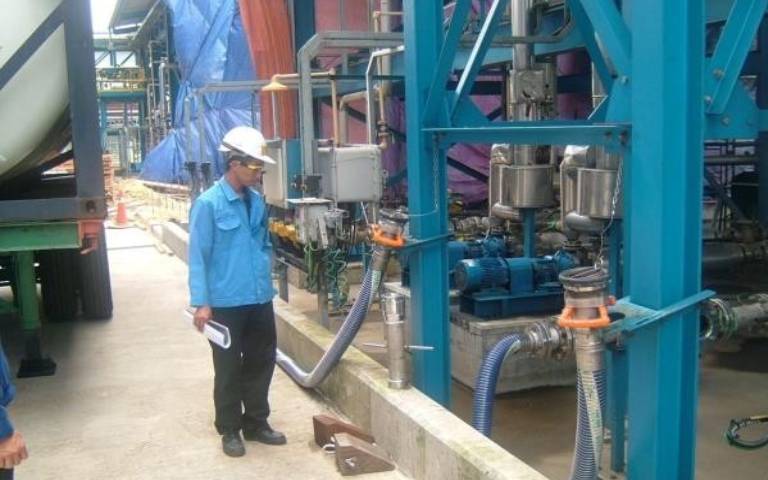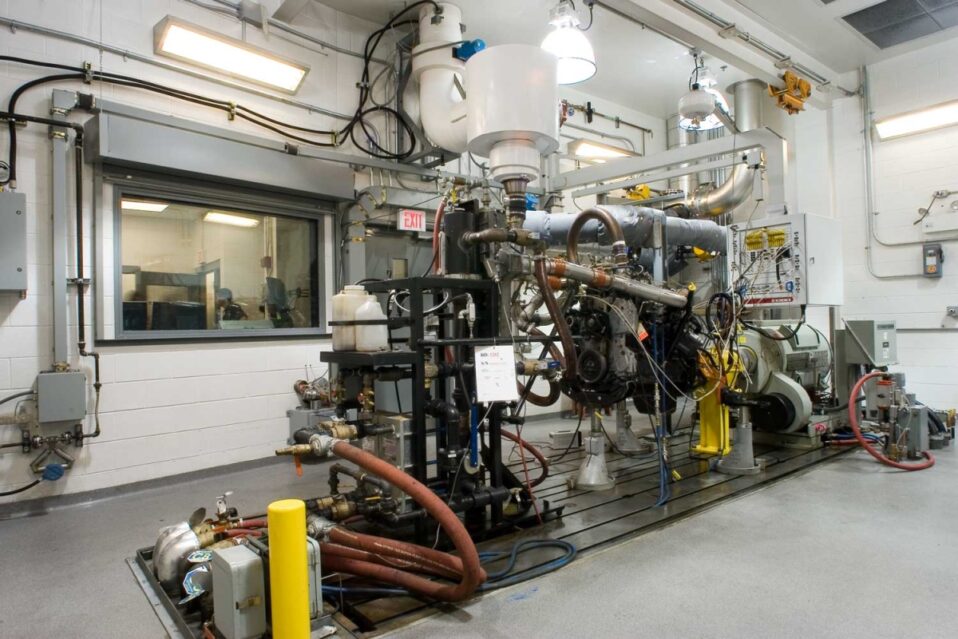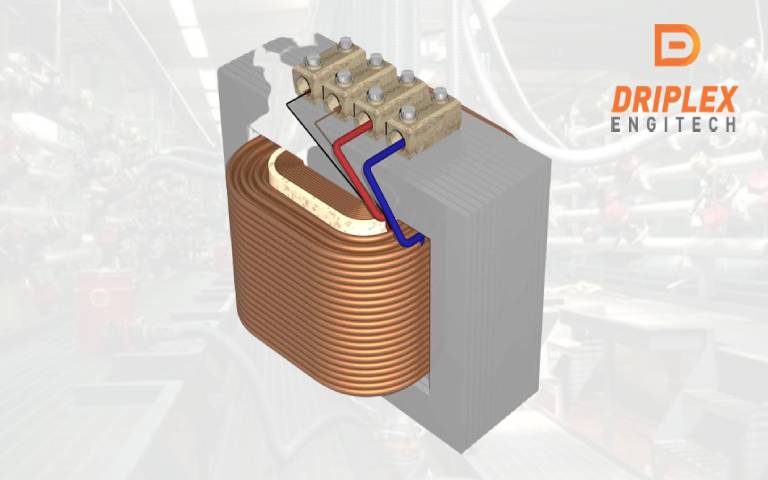When it comes to the safe transfer of chemicals, it’s essential to use the right equipment. One of the most critical components of any chemical transfer system is the coupling that connects the hoses and pumps. Breakaway couplings, also known as dry-break couplings, are an essential piece of equipment in many chemical transfer applications. In this blog post, we’ll explore the importance of dry-break couplings for chemical transfer and why they should be an integral part of any chemical transfer system.
What Are Dry Break Couplings?
Dry break couplings are designed to allow the safe and efficient transfer of fluids and gases in a wide range of industries. They are typically used in applications where spills or leaks can cause significant damage or pose a risk to health and safety. Dry break couplings are designed to disconnect easily and quickly, without spillage, when a pre-determined force is applied to the coupling.
How Do Dry Break Couplings Work?
Dry break couplings consist of two halves that can be connected and disconnected quickly and easily. Each half of the coupling has a valve that is opened when the two halves are connected. When the coupling is disconnected, the valves close automatically, preventing any fluid or gas from escaping.
Why Are Dry Break Couplings Important for Chemical Transfer?
When it comes to chemical transfer, the use of dry break couplings is essential for several reasons:
– Preventing Spills and Leaks
The most critical reason to use dry break couplings is to prevent spills and leaks. Chemical spills can be hazardous to health and the environment, and can also lead to expensive clean-up costs. Dry break couplings are designed to prevent spills and leaks, ensuring that the transfer process is safe and efficient.
– Reducing Downtime
In many chemical transfer applications, downtime can be costly. Using dry break couplings reduces the time it takes to connect and disconnect hoses, pumps, and other equipment. This saves time and increases productivity.
– Improving Safety
Using dry break couplings improves safety in chemical transfer applications. The automatic shut-off valves prevent the release of any hazardous chemicals, protecting workers and the environment from harm.
– Minimizing Waste
Dry break couplings also help to minimize waste by reducing the amount of residual fluid left in the transfer equipment. This ensures that all the chemicals are transferred efficiently, and there is no wasted material left behind.
In conclusion, dry break couplings are an essential component of any chemical transfer system. They help to prevent spills and leaks, reduce downtime, improve safety, and minimize waste. If you’re involved in the transfer of chemicals, it’s essential to use dry break couplings to ensure that the process is safe, efficient, and environmentally responsible.





Post a comment